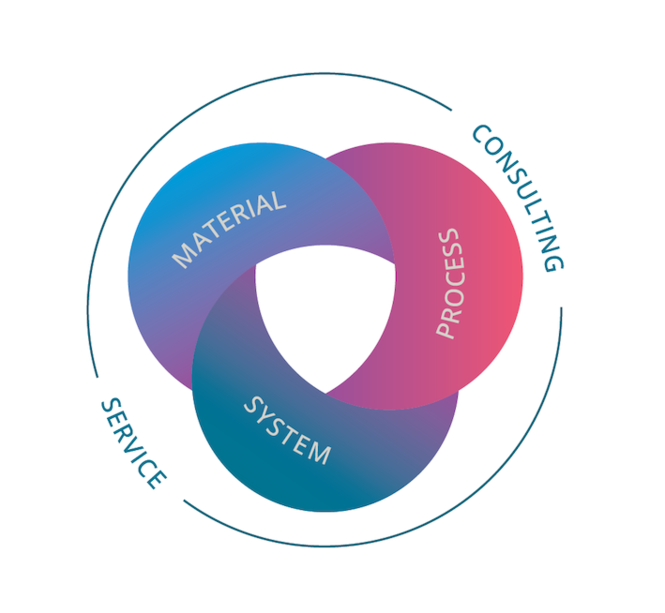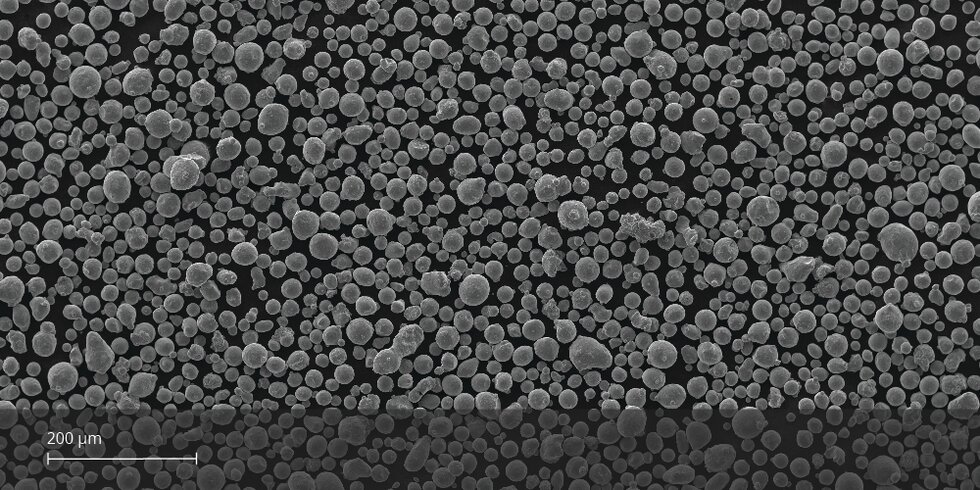
EOS StainlessSteel 316L
Material Data Sheet
EOS StainlessSteel 316L
EOS StainlessSteel 316L is a high performance marine-grade austenitic stainless steel that is molybdenum alloyed for enhanced corrosion resistance in chloride environments. 316L is a standard material for numerous applications in process, energy, paper, transportation and other industries. EOS StainlessSteel 316L is a stainless steel powder intended for manufacturing parts on EOS metal systems with EOS DMLS processes.
- High ductility and toughness
- High strength
- High corrosion resistance
- Chemical industry
- Food processing
- Medical devices
The EOS Quality Triangle
EOS incorporates these TRLs into the following two categories:
- Premium products (TRL 7-9): offer highly validated data, proven capability and reproducible part properties.
- Core products (TRL 3 and 5): enable early customer access to newest technology still under development and are therefore less mature with less data.
All of the data stated in this material data sheet is produced according to EOS Quality Management System and international standards

POWDER PROPERTIES
The chemical composition of EOS StainlessSteel 316L corresponds to ASTM F138 material standard for Surgical Implants (UNS S31673).
Powder Chemical Composition (wt.-%)
| Element | Min. | Max. |
|---|---|---|
| Fe | - | - |
| Cr | 17 | 19 |
| Ni | 13 | 15 |
| Mo | 2.25 | 3 |
| C | - | 0.03 |
| N | - | 0.1 |
Powder Particle Size
| GENERIC PARTICLE SIZE DISTRIBUTION | 20 - 65 μm | |
|---|---|---|

SEM micrograph of EOS StainlessSteel 316L powder
HEAT TREATMENT
Heat treatment according to AMS 2759 is optional.
Stress relief: Hold temperature 900 °C, hold time minimum 2 h when thoroughly heated, water quenching
Solution annealing: Hold temperature 1 150 °C, hold time minimum 1.5 h when thoroughly heated, water quenching